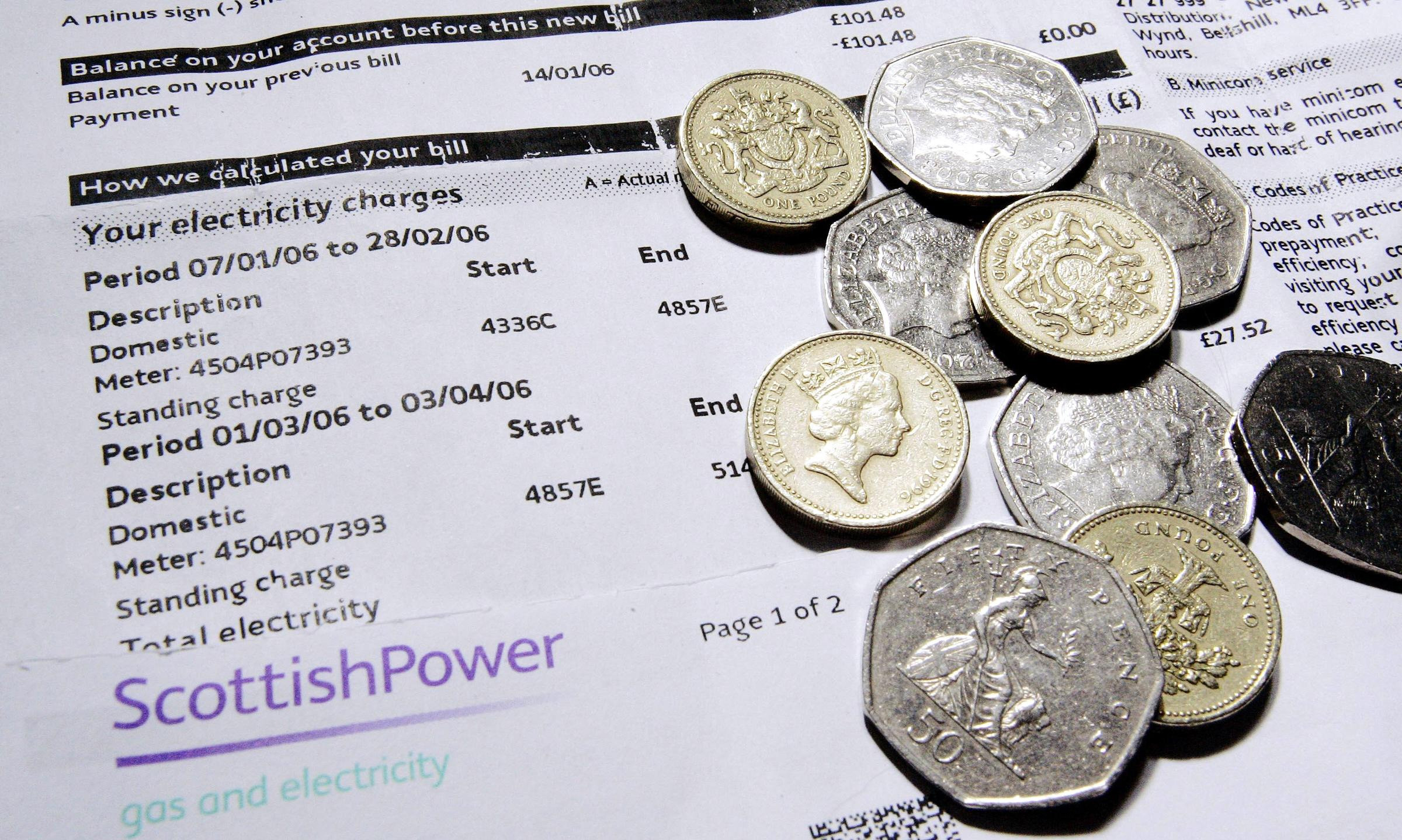
Gas customers will be asked to cover up to £3billion lost because of the companies forced to fold during the supply crisis, a Scots-based firm warned yesterday.
The price of gas is at a record high as the world economy starts to recover after lockdown but firms have gone under because the energy price cap for customers means they are paying more than they can charge.
Paul Richards, chief executive of Together Energy, said his Clydebank company is currently losing money and warned the price cap is “not fit for purpose”.
He said the current billing structure is not sustainable and risks big rises for consumers next year: “The price cap as a mechanism is not fit for industry, nor is it fit for customers.
“When the converse situation arises and the wholesale price starts to drop sharply, the price that will be passed through to customers in April might feel like a very, very poor deal, whereas at the moment the price cap feels like a price that is too good to be true.
“Although customers are protected in the short term I think we’re looking at somewhere between £1 billion to £3 billion in costs that are going to be spread back across business and households as a result of these failed suppliers.”
Householders have been warned to expect increasing bills when the energy price cap – currently at £1,277 – is reviewed in April.
It was reported yesterday the UK government will publish a new strategy before the Cop26 climate conference in Glasgow next month, committing the government to cut the price of electricity and impose a levy on gas bills. It is to release a series of consultations before going ahead with changes, likely to start in 2023, which could add £170 a year to gas bills.
Before then, however, ministers must introduce a package of winter measures to ease the crisis, according to the Energy Intensive Users Group (EIUG).
The group’s chair, Richard Leese, set out the scale of the wholesale gas crisis when he met UK government business secretary Kwasi Kwarteng on Friday.
He told BBC Breakfast he has tabled three technical proposals to avoid interruption to supply chains. He said cost containment measures should be the first priority, as relief for the industry is not widespread.
Leese said: “Our second measure is to look at UK network costs. Network costs are distributed differently to other European countries in terms of energy intensive industries getting a higher proportion of the network costs, and that’s something within Ofgem’s gift.
“The third measure is to look at emergency measures, should any of our energy intensive plants need to shut down rapidly, looking at the threshold for emergency relief to try and prevent lasting damage to very expensive plants and equipment.”
Leese said: “We’ve laid out to government a winter package of measures that we think is needed to prevent interruptions in supply chains occurring again.”
“Gas prices are at an unprecedented level and the businesses that manufacture the goods that we need are trying to operate under these unprecedented conditions.”
Suggesting reforms including inspecting the cap four times a year, Utilita Energy’s non-executive chairman Derek Lickorish said: “There is no doubt there is going to be a huge cost paid by customers for failed suppliers – well over £100 million for every 200,000 customers that fail.
“The government has to look at means by which they can support not only energy suppliers but also big industry.”

Enjoy the convenience of having The Sunday Post delivered as a digital ePaper straight to your smartphone, tablet or computer.
Subscribe for only £5.49 a month and enjoy all the benefits of the printed paper as a digital replica.
Subscribe